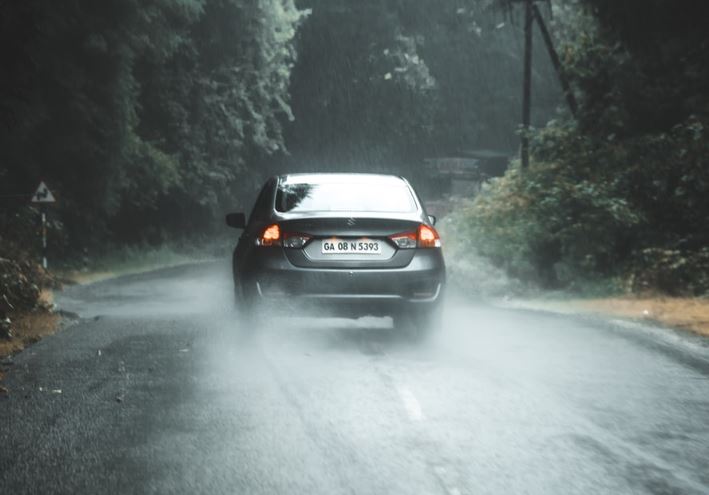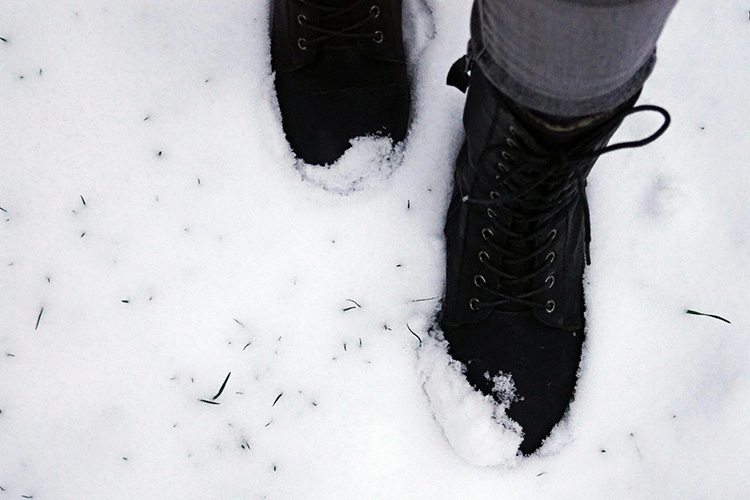
Magnuson Lowell Blog
Each week we post a blog about relevant legal issues. Glance through our various topics to learn more about a particular legal situation.
These articles are for limited informational purposes only and are not, nor are they intended to be, legal advice. You should not rely on this information for your case and should consult with an attorney for advice regarding your individual situation.
Most Recent Posts ...
Posted on: 7/22/2024
Posted on: 7/15/2024
Posted on: 7/8/2024
Posted on: 7/1/2024
Search All Blog Posts
Blog Post Archive Categories
- Options for Dealing with Real Estate in Your Washington State Divorce
- Mandatory Arbitration - A Great Choice for Small Car Accidents
- Does it Matter that I was Hurt Before My Car Accident?
- Obtaining and Collecting Child Support in Washington State
- Using Trial by Affidavits to Modify Support
- Parenting Limitations under RCW 26.09.191 in Washington State
- (Redmond/Criminal Defense) Time Matters for a DUI
- (Redmond/Criminal Defense) Field Sobriety Tests - What Not to Do
- (Redmond/Criminal Defense) - The (Redmond/Criminal Defense) - The Ability to Remain Silent
- Battling Father Time: Crafting Your Legacy with Precision
- Tips for Talking to Your Family About Your Estate Plan
- How to Choose Your Personal Representative for your Will
- Little Known Washington Driving Laws
- What`s the Deal with Prenuptial Agreements?
- What Happens If I`m Bit by a Dog in Washington?
- Getting Cold Feet During a Divorce
- Community vs. Separate Property Characterization
- Settling Your Divorce with a CR2A Agreement
- Why Expediency is Important After Your Car Accident
- Understanding Independent Medical Examinations (IMEs) in Washington State
- It only takes 3 seconds...
- Gotta love our court system!
- (Redmond/Crazy Lawsuit) The Walking Dead: or Not!
- (Redmond/Crazy Lawsuit) Here Comes Football - and Litigation
- 10 Tips You Need To Know Before Getting On A Motorcycle
- What is a Contingency Fee?
- Happy New Year 2024!
- Top 10 Tips You Need To Know Before Getting On A Motorcycle
- Top 10 Tips Riders Need To Know Before Getting On A Motorcycle
- In a Car Collision...Now What?
- Diminished Visibility – Driving require substantial focus and the ability to make out potential threats at a moments notice. Rain fall is not only distracting, but windshield wipers may limit focus as well. Having proper functioning headlights and wipers will allow you to see other drivers more easily.
- Hydroplaning – Standing water on the roadway might look peaceful, but it can lead to a complete loss of traction. Even a few inches of water on the road may lead to a skid. Avoid sharp turns, braking, or even changing lanes if traveling through water.
- Limited Traction – Even without standing water, a thin layer of rain reduces overall traction while driving. More importantly, rainwater loosens of oils deposited by passing cars, which creates an even more slippery surface.
- Drive Slowly – The more quickly you drive in difficult conditions the more time you’ll need to stop or avoid a problem emerging in front of your vehicle. Slow down while driving in difficult weather to give yourself the best shot to avoid problems.
- Maintain a Safe Driving Distance – Tailgating can be frustrating from both drivers’ perspectives. Leave more than enough room, however, in wet driving conditions so there is more time to react if a skid occurs.
- Avoid Cruise Control – Cruise control may work wonders on a sunny day on the highway, but in wet city conditions it dramatically increases your chance of crashing. Cruise control allows you to dwindle your concentration, which is key to avoiding standing water and other hazards caused by the rain.
- Don’t panic – If your vehicle starts to skid, slamming on your brakes and over-correcting can be a much worse remedy. Look and steer in the direction you want your car to go in an effort to avoid losing control completely.
Spring Sunshine and the Risk of Rainy Drives

A study performed by the Bulletin of the American Meteorological Society between 2006 and 2011 investigated over 125,000 motor vehicle crashes in the United States. Researchers found that a light rain increased the risk of fatality in collisions by over 27%.
Washington drivers may be used to the drizzle but understanding the hazards will help you recognize the dangers lurking on the wet ground. Even a light rain can lead to dangerous driving. Wet roads lead to:
While it varies greatly, the average human has a reaction time of about 1.5 seconds. Taking precautions while driving in wet conditions is necessary to maintain safety. While there’s no guaranteed way to avoid water-related collisions, here are a few tips to follow:
No matter how safe drivers are while out on the roads, nobody is perfect and motor vehicle collisions are inevitable. The experienced litigators at Magnuson Lowell PS are available to answer your collision and injury questions free of charge. Call today for a complimentary evaluation!




